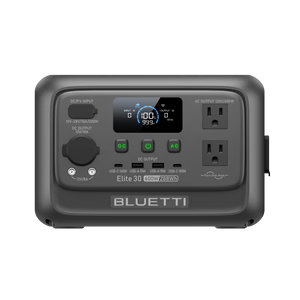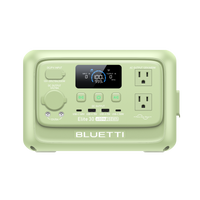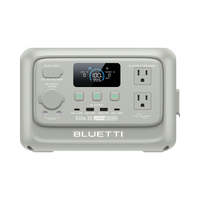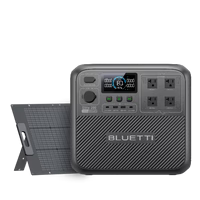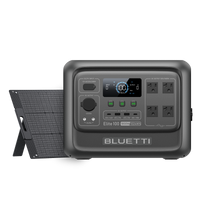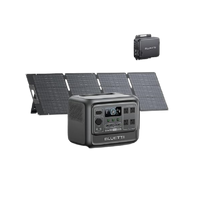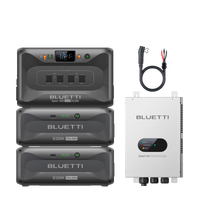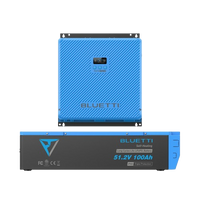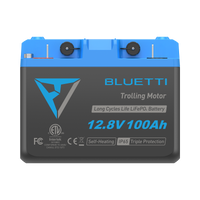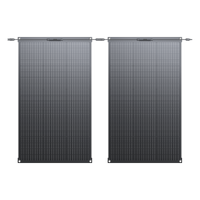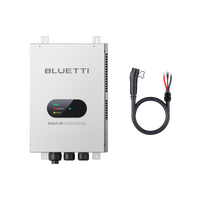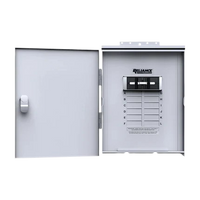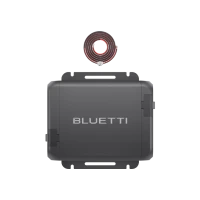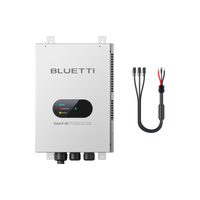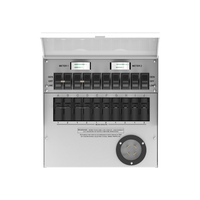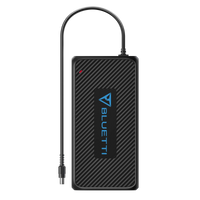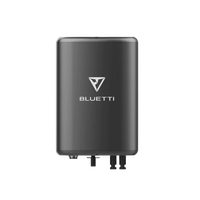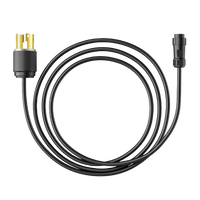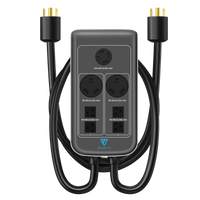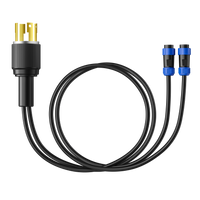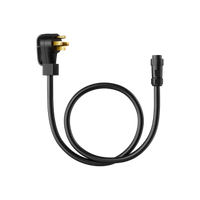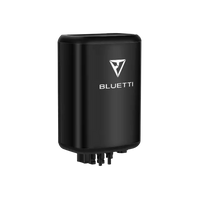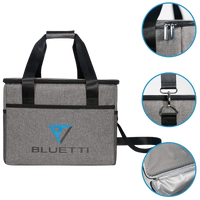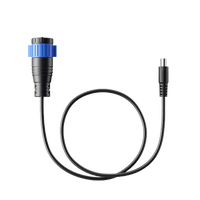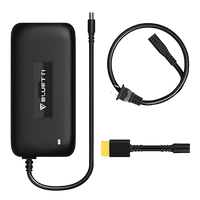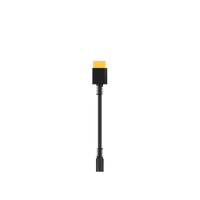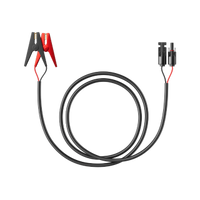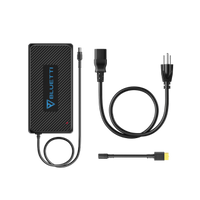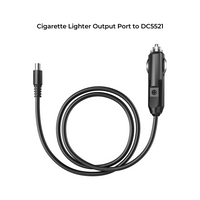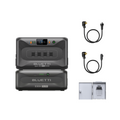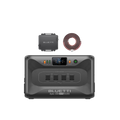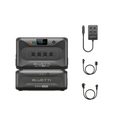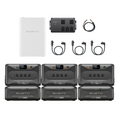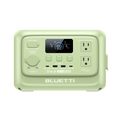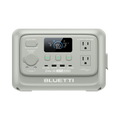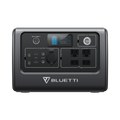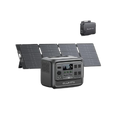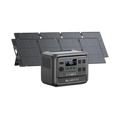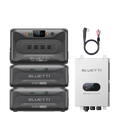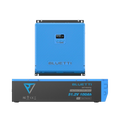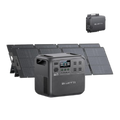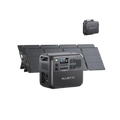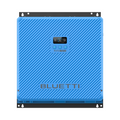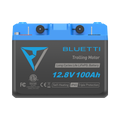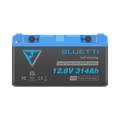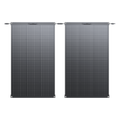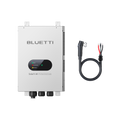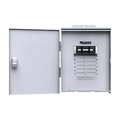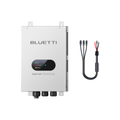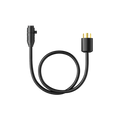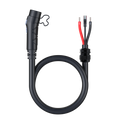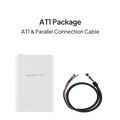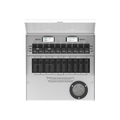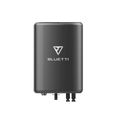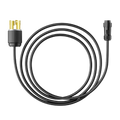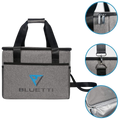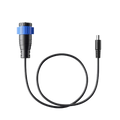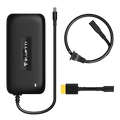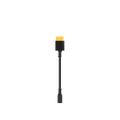Dans la quête d'un mode de vie durable, les générateurs solaires sont devenus un symbole d'espoir. Ces dispositifs innovants constituent une alternative écologique et économique aux groupes électrogènes classiques. Ils exploitent l'énergie solaire pour alimenter potentiellement tous les appareils ménagers. Mais une question demeure : un générateur solaire peut-il réellement produire suffisamment d'énergie pour alimenter une maison ? Cet article vise à éclairer le potentiel des générateurs solaires en analysant des facteurs tels que leur taille, leur consommation et les conditions environnementales qui influent sur leur rendement.
Qu'est-ce qu'un générateur solaire pour une maison ?
Pour déterminer la puissance adéquate de votre générateur solaire pour alimenter votre maison, plusieurs facteurs doivent être pris en compte. Commencez par analyser votre consommation énergétique domestique à partir de vos factures d'électricité afin de connaître votre consommation quotidienne. La consommation quotidienne moyenne d'un foyer est estimée à environ 30 kWh. Ensuite, vous devez estimer la consommation électrique respective de vos appareils : la puissance nécessaire au générateur sera à la fois la puissance de démarrage et la puissance de fonctionnement. Par exemple, un climatiseur central peut nécessiter jusqu'à 5 000 W au démarrage et 2 000 W en fonctionnement.
Cet appareil produit de l'électricité en convertissant la lumière du soleil en énergie électrique, puis en la stockant dans des batteries. Cette énergie stockée est ensuite convertie de courant continu (CC) en courant alternatif (CA) grâce à un onduleur, ce qui permet son utilisation dans les appareils électroménagers. La puissance générée doit être supérieure à la somme des puissances de démarrage de vos appareils afin d'éviter toute surcharge. Par exemple, si votre appareil le plus puissant a une puissance de démarrage de 5 000 W, vous aurez besoin d'un générateur d'une puissance supérieure.
En résumé, la taille de votre générateur solaire dépendra de votre consommation énergétique et de la puissance de démarrage de vos appareils. Il est préférable d'opter pour un générateur légèrement plus puissant que nécessaire : vous bénéficierez ainsi d'une alimentation électrique fiable en cas de coupure de courant et pourrez vous adapter à d'éventuelles variations de vos besoins énergétiques.
Articles connexes : Est-il possible d'alimenter une maison avec un générateur solaire au Canada ?
Combien de panneaux solaires me faut-il pour ma maison en Ontario ?
Quelle est la durée de vie d'une batterie solaire domestique ?
Un générateur solaire peut-il alimenter une maison ?
L'alimentation des maisons en énergie solaire grâce à des panneaux photovoltaïques n'est plus un rêve, mais une réalité ! Ces dispositifs constituent non seulement une alternative plus écologique aux générateurs traditionnels, mais ils témoignent également des progrès constants des technologies d'énergies renouvelables. La capacité d'un panneau photovoltaïque à alimenter un foyer entier dépend de nombreux facteurs, notamment la consommation électrique moyenne du logement, la puissance du système et l'ensoleillement de la zone géographique.
Ce système fonctionne en captant l'énergie solaire. Celle-ci est ensuite convertie en électricité, stockée dans des batteries prêtes à l'emploi. La capacité de ces batteries et la puissance du générateur déterminent la quantité d'énergie nécessaire à une maison. Par exemple, un système solaire de 2 000 watts couvrirait les besoins énergétiques quotidiens de la plupart des foyers.
Cependant, la taille du générateur n'est pas le seul facteur important. L'ensoleillement a aussi son importance. Les régions bénéficiant d'un fort rayonnement solaire produisent davantage d'énergie, ce qui augmente automatiquement la puissance des générateurs solaires. À l'inverse, les zones moins ensoleillées peuvent nécessiter davantage de sources d'énergie ou des batteries de plus grande capacité.
De plus, le type d'appareils que vous possédez et leurs habitudes de consommation sont des facteurs à prendre en compte. Un générateur solaire peut très bien alimenter des lampes et de petits appareils, mais risque de ne pas avoir une puissance suffisante pour faire fonctionner en continu des appareils plus importants, comme un moteur.
Facteurs influençant l'efficacité des générateurs solaires

L'efficacité d'un générateur solaire pour capter les rayons du soleil et acheminer l'énergie vers votre domicile dépend de plusieurs paramètres. Le climat est un facteur important ; par exemple, les chutes de neige ou l'hiver n'ont généralement aucune incidence sur la productivité des panneaux solaires. En réalité, les propriétés réfléchissantes de la neige peuvent même contribuer à augmenter l'irradiance solaire, si les panneaux ne sont pas recouverts de neige. À l'inverse, un panneau peut fonctionner moins efficacement par temps extrêmement chaud, car il peine souvent à fournir autant d'énergie dans des conditions de forte chaleur où le soleil est encore plus intense. Cet effet est généralement plus marqué au-delà d'un certain seuil. De plus, les variations régionales, comme la différence entre une région ensoleillée et une région froide, peuvent également avoir un impact sur l'efficacité.
L'âge des panneaux est également un facteur important. En général, les panneaux solaires sont conçus pour durer plus de 20 ans, compte tenu des conditions d'utilisation spécifiques. Bien qu'ils subissent une dégradation progressive au fil du temps, leurs performances s'améliorent avec l'âge, principalement grâce à des facteurs liés à leur qualité et à leur type.
Un autre facteur important est l'efficacité de la conversion énergétique. Seule une fraction de la lumière solaire captée est convertie en électricité. Ce processus dépend de la conception des cellules, de la qualité des capteurs et du rendement de l'onduleur.
L'intensité du rayonnement solaire et les conditions météorologiques sont également à prendre en compte. Les panneaux sont plus productifs lorsqu'ils reçoivent la lumière directe du soleil. À l'inverse, un ciel nuageux peut entraîner une baisse importante de la production d'énergie. Enfin, l'efficacité du stockage est un aspect indispensable, car toute l'énergie captée par les panneaux n'est pas stockée instantanément. Il est donc primordial de choisir des batteries solaires performantes et fiables afin de garantir un rendement maximal et un stockage d'électricité optimal.
Quelle puissance de générateur solaire vous faut-il pour alimenter votre maison ?
Choisir la bonne puissance pour votre générateur est essentiel pour alimenter votre habitation. Un foyer type consomme 10 500 kWh par an. Pour déterminer la puissance nécessaire, calculez votre consommation électrique journalière. Pour ce faire, examinez la puissance de chaque appareil et additionnez leur puissance nominale. N'oubliez pas de prendre en compte la puissance de démarrage maximale des appareils nécessitant une forte consommation, comme les réfrigérateurs.
Par exemple, si vous utilisez un réfrigérateur nécessitant 2 200 W au démarrage et 700 W en fonctionnement, et un lave-vaisselle dont la puissance de démarrage est de 1 800 W et la puissance de fonctionnement de 1 300 W, il vous faudra un générateur capable de fournir au moins 2 200 W, auxquels s'ajoutera la somme des puissances consommées en fonctionnement. À titre d'exemple, un générateur solaire de 2 000 watts peut suffire à un foyer moyen avec une consommation journalière moyenne. Cependant, les besoins individuels étant différents, il est essentiel d'évaluer sa propre consommation d'énergie, surtout si vous envisagez de devenir autonome en énergie. Assurez-vous toujours que la capacité du générateur est suffisante pour éviter toute surcharge au démarrage.
Les 3 meilleurs générateurs solaires pour une maison
Kit générateur solaire BLUETTI AC300 + B300 + 3*PV200

Le BLUETTI AC300, associé au module de batterie B300 et aux panneaux solaires PV200, constitue un système robuste et résilient pour les besoins énergétiques résidentiels.L'onduleur à onde sinusoïdale pure de 3 000 W protège les appareils électroniques les plus sensibles avec un minimum de risques, et sa capacité de surcharge de 6 000 W lui permet de supporter une forte consommation initiale. Son système d'une capacité de 3 072 Wh, extensible jusqu'à 12 288 Wh, est idéal pour une utilisation prolongée en autonomie énergétique ou comme alimentation de secours de grande capacité.
De plus, la technologie des batteries LiFePO₄ offre une sécurité de fonctionnement optimale et une durée de vie exceptionnelle, avec plus de 3 500 cycles de charge/décharge à 80 % de sa capacité. Ainsi, la technologie LiFePO₄ a fait ses preuves et garantit une performance durable. Ce kit est équipé de capteurs solaires à lumière du jour d'une efficacité remarquable de 23,4 %, dotés d'un revêtement ETFE pour une longévité accrue.
Kit générateur solaire BLUETTI AC200MAX + PV200

Il s'agit d'une alternative plus compacte et plus robuste. L'onduleur à onde sinusoïdale pure de 2 200 W offre une puissance de pointe optimale de 4 800 W, garantissant ainsi une alimentation suffisante pour la plupart des appareils électroménagers. Sa capacité de 2 048 Wh est extensible jusqu'à 8 192 Wh, ce qui le rend adapté à différents besoins énergétiques.
Sa batterie LiFePO₄ affiche plus de 3 500 cycles de vie et une rétention de capacité de 80 %, garantissant une autonomie de plusieurs années. L’entrée solaire maximale de 900 W et la charge rapide jusqu’à 1 300 W permettent une récupération rapide en cas de quelques jours nuageux ou pluvieux. L’application BLUETTI intègre des fonctionnalités de contrôle et de surveillance intelligentes, un atout précieux pour les propriétaires férus de technologie. Les panneaux solaires PV200, pliables et détachables, assurent une grande mobilité.
Kit générateur solaire BLUETTI AC200P + 2*PV200

Ce modèle est l'une des meilleures options de milieu de gamme grâce à son onduleur à onde sinusoïdale pure de 2 000 W et sa batterie de 2 000 Wh. De plus, il est équipé d'une batterie LiFePO₄ offrant une durée de vie de plus de 3 500 cycles. Doté de 17 sorties, il convient parfaitement aux familles aux besoins énergétiques variés, car il permet de charger plusieurs appareils simultanément.
La charge efficace de 700 W maximum et la double charge rapide de 1 200 W maximum garantissent une recharge rapide. Ce kit est écologique, non polluant et économique, ce qui en fait un choix privilégié pour les utilisateurs soucieux de l'environnement. Les panneaux solaires PV200 sont assortis d'une garantie de 12 mois, sécurisant ainsi votre investissement.
Réflexions finales
En résumé, les générateurs solaires constituent une solution idéale pour stabiliser le réseau électrique, faire face à la hausse des prix de l'énergie et aux coupures de courant. Un générateur solaire de taille adaptée, capable d'alimenter votre maison, vous apporte une plus grande tranquillité d'esprit. Différents types de panneaux solaires sont désormais disponibles et peuvent être installés sur le toit pour augmenter la production d'électricité de votre système, même pour une petite habitation. Ainsi, opter dès maintenant pour une énergie renouvelable et fiable grâce aux générateurs solaires est essentiel pour un avenir énergétique durable et prometteur.






